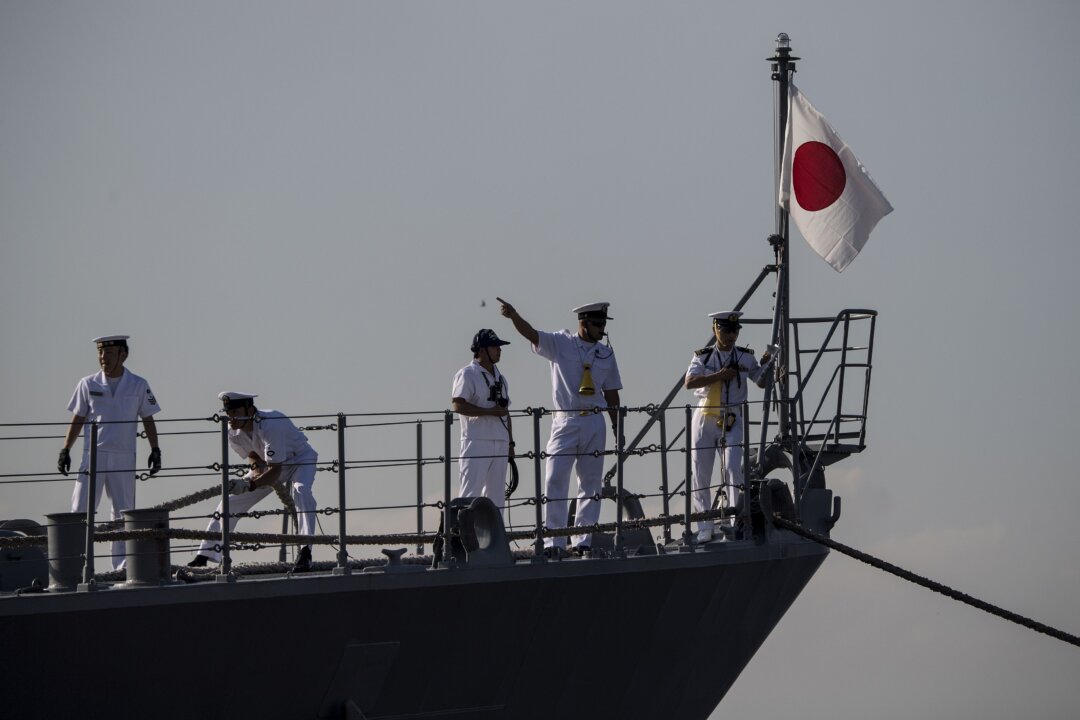Both nations have seen increasing aggression from the Chinese military.
The Philippine Senate on Dec. 16 ratified a Reciprocal Access Agreement (RAA) with Japan, the first of its kind that Tokyo has signed in Asia, shoring up an alliance amid increasing concern over the Chinese regime’s military aggression in the region.
The 19 senators present for the vote at the legislative hall in Manila unanimously ratified the agreement. Japan’s ambassador to the Philippines, Kazuya Endo, was in attendance.
The Philippine and Japanese foreign ministers signed an agreement in July that would allow both countries to host and deploy militaries on each other’s territory.
“The RAA brings our defense partnership to an unprecedented height,” Philippine Foreign Minister Enrique Manalo said at the signing.
The Philippines has a similar agreement that allows it to host troops from the United States and Australia. Japan also has an agreement that allows it to host forces from the United States and has RAA pacts with Australia and Britain.
The nations expressed “serious concern over the dangerous and escalatory actions by China at Second Thomas Shoal” in a joint statement.
The Chinese regime claims nearly all of the South China Sea as its territory, resulting in disputes with several countries with overlapping claims.
Beijing’s dispute with Manila goes back decades and has, at times, come to blows, resulting in the Philippines’ seeking international arbitration in 2013. The Arbitral Tribunal in The Hague ruled in 2016 that the Chinese regime’s claims were legally meritless. Beijing stated that it does not recognize the ruling.
The Second Thomas Shoal, in particular, has been hotly contested. In 1999, the Philippines purposely ran aground its vessel BRP Sierra Madre to maintain a presence at the reefs and now requires regular resupply missions to personnel staffed on the vessel.
Chinese vessels have repeatedly interfered with Philippine resupply missions this year, drawing international condemnation.
Japan has also seen increased aggression from the Chinese regime in the East China Sea, announcing unprecedented breaches of its airspace and waters earlier this year.
The Philippines and Japan are key allies of the United States in the Indo–Pacific theater and have conducted joint military exercises amid increasing Chinese military presence in the region.
Most recently, on Dec. 6, the three nations conducted joint navy drills, the fifth exercise under a new agreement since April.
It involved the Philippine Navy’s patrol ship BRP Andres Bonifacio and a C-90 aircraft, the Japan Maritime Self-Defense Force’s Murasame-class destroyer JS Samidare (DD 106), and the U.S. Navy’s P-8A Poseidon maritime patrol and reconnaissance aircraft from Patrol Squadron 47, according to the U.S. and Philippine militaries.
Cindy Li and Reuters contributed to this report.

